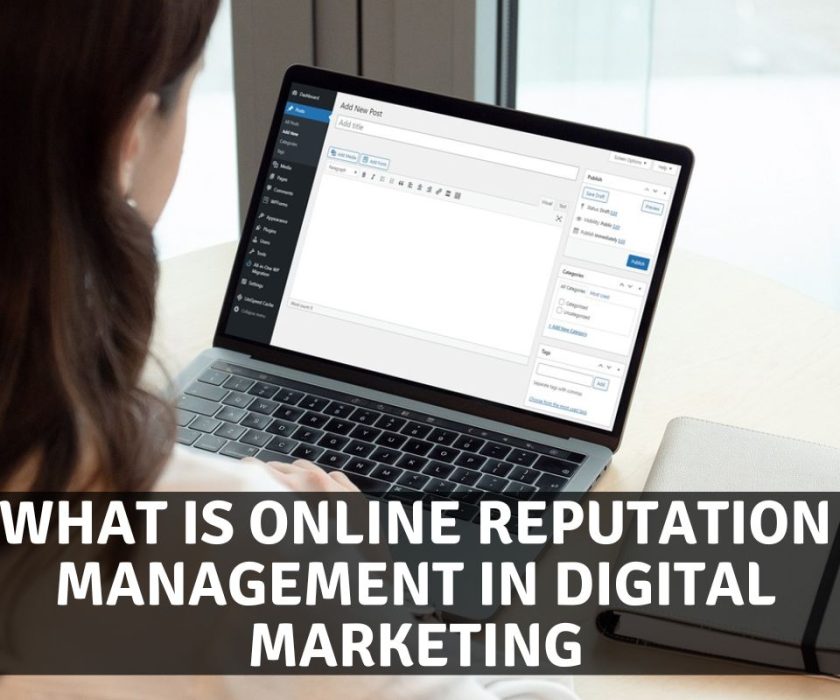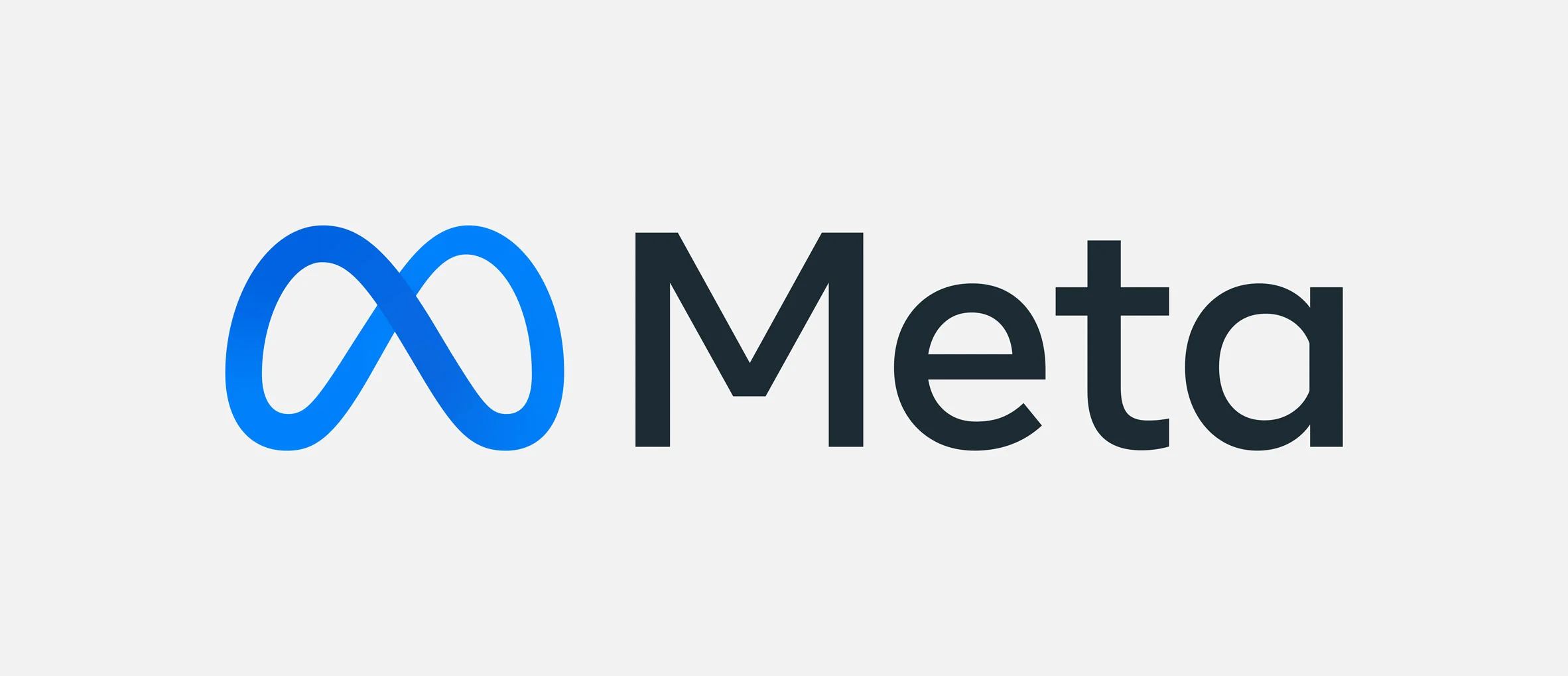What is Content Marketing Strategy ?

Content Marketing strategy in digital marketing
A content marketing strategy within the realm of digital marketing entails a structured approach to creating and disseminating content, aimed at bolstering your market presence, enhancing brand perception, and ultimately driving sales. In addition to this, incorporating online Digital Marketing services can further amplify the effectiveness of your content marketing efforts.
Now, let’s delve into the reasons why formulating a robust content marketing strategy can greatly benefit your business:
Benefits of Content Marketing for your Business
Now, let’s delve into the reasons why formulating a robust content marketing strategy can greatly benefit your business:
- Building Trustworthy Relationships: Crafting content that effectively addresses your target audience’s inquiries and alleviates their pain points lays the foundation for establishing enduring connections. Consumers gravitate towards high-quality content, making them more inclined to make purchases from your brand.
- Improving Search Engine Rankings: Search engines employ intricate algorithms to ascertain the relevance and quality of content. To secure a prominent position, it is imperative to generate well-crafted content that aligns with user search queries. A content marketing strategy streamlines content creation, ensuring that valuable and pertinent information is delivered to the right audience, at the right time.
- Generating Leads: Elevated rankings on Google lead to heightened website traffic. By strategically placing subscription forms and lead magnets on high-performing pages, you can convert visitors into valuable marketing leads, potentially culminating in product or service sales.
- Demonstrating Expertise: Elevating your brand as an authority in a specific business domain necessitates the production of top-notch content. Sharing insightful and impactful content not only aids your audience but also attests to your company’s reliability and expertise.
For more information, you can also visit this insightful blog post on the role of content marketing.
Crafting an Effective Content Marketing Strategy in Five Key Steps
A well-structured content marketing strategy acts as a guiding roadmap for your marketing endeavors. It delineates the purpose behind your content creation, identifies your target audience, and outlines when and how you’ll implement it. A robust strategy is the linchpin for setting specific goals, establishing clear success metrics, and creating a framework for continuous improvement.
Step 1: Defining Clear Content Marketing Goals
Before embarking on your content journey, it’s imperative to have a clear vision of what success means to you. This involves setting specific goals that align with meaningful business outcomes, establishing key performance indicators (KPIs) to monitor progress, and identifying benchmarks to measure against. Your goals may encompass objectives like enhancing brand awareness, driving increased website traffic, generating leads, or fostering loyalty among existing customers. The KPIs tied to these goals will be unique to your business, reflecting what success looks like in your specific context.
Step 2: Understanding Your Target Audience
Knowing your target audience intimately is paramount in crafting content that resonates with them. This necessitates understanding who they are and what piques their interest. To unravel the intricacies of your target audience, consider leveraging various approaches. Engage your sales team for specific data on conversion rates and average order values. Delve into Google Analytics to gain insights into your site’s visitor demographics. Leverage social media audience analytics and tools like Semrush’s Social Analytics for valuable insights. Explore competitor data to identify gaps and opportunities. Customer surveys or interviews and market research can also provide invaluable insights into your audience’s preferences and behaviors.
Step 3: Choosing the Right Content Formats and Channels
Once you’ve established your goals and honed in on your audience, it’s time to reach them with the most fitting content in the appropriate channels. Aligning your content with the various stages of the buyer’s journey (content mapping) is pivotal in creating content that resonates. Consider the diverse formats and channels that best serve your audience at each stage of their journey. From short clips to video marketing for engagement, to informative blog posts to build trust and visual content like images and infographics for quick information consumption, tailor your content to meet the specific needs of your audience.
Step 4: Developing a Content Marketing Calendar
A content calendar, often referred to as an editorial calendar, serves as the keystone for organizing and planning your content strategy. It provides a comprehensive overview of what content will be published and when. This aids in keeping your team aligned, maintaining consistency, and capitalizing on specific events or milestones.
Step 5: Implementing a Content Distribution Plan
Content distribution is the linchpin for ensuring your content reaches its intended audience across various platforms. This includes your website, email marketing, social media platforms, online communities, guest posts, influencer collaborations, and paid advertising. Tailor your distribution plan to align with your target audience’s preferences and your content marketing goals. This step ensures that your valuable content doesn’t just exist but is also actively consumed by your intended audience.
By following these five key steps, you’ll not only enhance your brand’s visibility but also build trust and credibility with your audience. Remember, data-driven decisions and continuous improvement are the cornerstones of a successful content marketing initiative.
How to Evaluate the Success of Your Content Marketing Strategy
When you’ve implemented your content marketing strategy, it’s essential to closely monitor its performance. Here are some effective ways to do so:
1. Monitor Organic Traffic
Organic traffic represents users who arrive at your pages through Google searches. This metric is crucial for assessing content performance. Tools like Ahrefs and SemRush offer detailed insights into organic traffic, including data on keywords, referring domains, backlinks, and more.
2. Analyze Email Statistics
Keep a close eye on email engagement metrics such as open rate, click-through rate (CTR), and unsubscribe rate. This data provides valuable insights into what type of content resonates best with your audience.
3. Track Social Shares and Virality
For businesses active on platforms like Facebook, YouTube, and Instagram, tracking social engagement is akin to using Google Analytics for website traffic. This includes demographics data, allowing you to tailor content to better engage your target audience. In Facebook Insights, you can monitor metrics like reach, likes, and shares.
4. Bounce Rate
This metric highlights the number of visitors who swiftly exit a page, shedding light on the level of engagement and relevance of your content.
5. Click-through Rate (CTR)
CTR indicates how many individuals click on your links, as well as which links are garnering the most attention. This metric is instrumental in assessing user engagement and interest.
6. Utilize Google Analytics
Google Analytics offers a wealth of information about user behavior on your pages. This includes metrics like time spent on a page, pages visited per session, and bounce rate. Additionally, you can gauge lead generation success by tracking email and blog subscriptions, conversions, and registrations. The platform provides detailed reports for in-depth analysis.
The more data you analyze, the more precise and effective your content strategy will become. Now, let’s explore some actionable tips for crafting an effective content marketing strategy.
5 Best Practices for Crafting an Effective Content Marketing Strategy
- Post Consistently: Establish a content schedule that ensures a steady flow of valuable information to your audience. While daily updates aren’t necessary, maintaining a consistent presence is key. Additionally, inject creativity and innovation into your content formats to keep your brand fresh in the eyes of your audience.
- Leverage SEO Tools: Tools like Ahrefs and SemRush are invaluable for analyzing traffic and generating content ideas. They provide insights into relevant keywords, competition analysis, and content ideation, all of which are crucial for optimizing your content for search engines.
- Utilize Exclusive Content for Lead Generation: Offer incentives like ebooks, infographics, or case studies to encourage audience participation. For example, exchange an ebook for an email subscription. High-quality exclusive content not only provides value but also fosters meaningful relationships.
- Harness User-Generated Content (UGC): Incorporate content created by your audience, such as reviews, feedback, photos, and videos, as social proof. This adds credibility to your content and builds trust with your audience, showcasing real-life experiences with your brand.
- Segment Your Audience: Tailor your content based on your audience’s demographics and place in the sales funnel. Cold leads may require more nurturing, while warmer leads are more receptive to promotional content. Provide sophisticated and exclusive information for engaged users.
Lastly, stay updated on evolving content marketing trends to ensure your strategy remains effective and aligned with industry best practices. We trust this guide will assist you in creating a robust content marketing strategy tailored to your business objectives.











